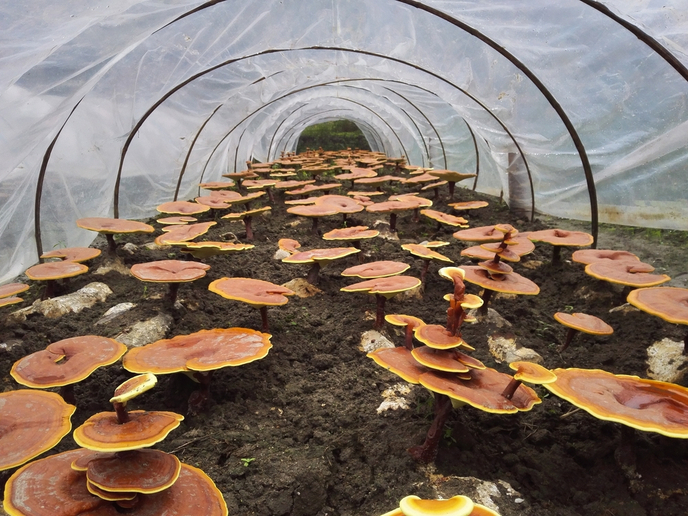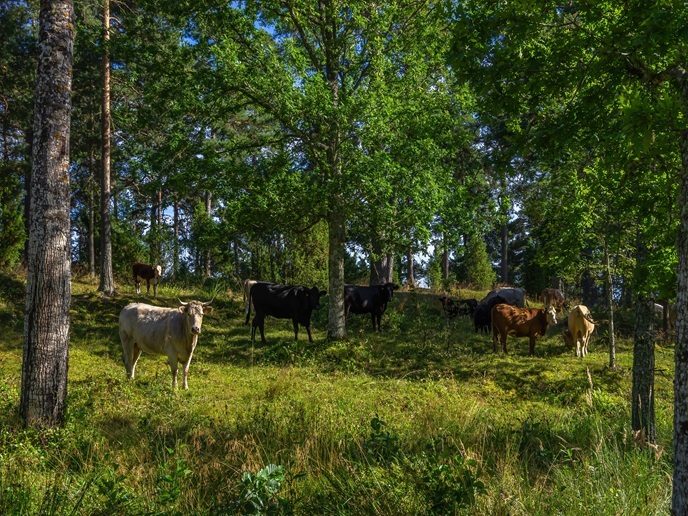New treatment system recycles degassed fibre and yields substrate for mushroom farming
Mushrooms grow commercially on a compost-like substrate. Mushrooms deplete the substrate of nutrients. Therefore, historically, once the mushrooms had been harvested, the substrate could not be reused and had to be discarded. Obtaining and disposing of the substrate costs the business both ways. A more efficient solution would be to recycle the substrate, which could be achievable via biogas systems. Commercial biogas units are essentially fermentation tanks (digesters) that process various kinds of organic waste. Biogas is siphoned off, leaving a solid compost-like material. The problem is that current biogas systems produce a recycled substrate with a nutrient balance unsuitable for mushrooms. A new treatment process developed by the EU-funded MUBIC(opens in new window) project makes it possible to recycle the depleted substrate to biogas plants, thereby producing new mushroom substrate at low cost. This establishes a sustainable circular system, where low-value waste is converted to high-value food.
Recycled nitrogen
MUBIC’s new treatment is founded on those advanced by the project’s lead partner. Advanced Substrate Technologies(opens in new window) (AST) developed several proven technologies. To these, the company added two innovative processes: a nitrogen absorber, and a nitrogen steamer. These technologies are based on the fact that ammonia treatment of straw increases its nutrient value for cattle by 25-30 %, which is also true when straw is used as feedstock for biogas processing. AST’s recent innovations work together in two stages. “The first stage involves cutting, mixing and grinding of biomass before delivery to biogas plants,” explains Svend Hoff, project coordinator. “The second combines separation, drying and compacting of degassed fibre with nitrogen steaming of biomass feedstock.” The nitrogen absorber reuses surplus ammonia in the reject liquid from the drying process, producing a nitrogen-enriched liquid fertiliser goal directed for agriculture.
Complementary technologies
The new substrate prompted consideration of a further technology for the project to develop. This was the Panbo Tray System, named after project partner Panbo Systems(opens in new window). This is a novel production system for mushrooms, based on use of the new AST substrate in combination with special trays sporting a semi-automatic filling mechanism. The system considerably reduces the footprint of mushroom production. It does not lose heat, carbon dioxide, nitrogen or ammonia during the production process. The system also allows more types of waste products to be converted to high-value resources and recycling of spent substrate (champost) and casing soil. The tray system also improves the working conditions of employees by eliminating physically challenging and dangerous work situations and increase production efficiency. “Our process offers a win-win-win-win set-up,” comments Hoff. “It’s good management of resources, it’s sustainable, it’s green, and it’s profitable to all partners in the circular bioeconomy chain.” The project has created new business platforms for the project’s partners. Also, the knowledge developed during MUBIC allows partners to build business relationships with larger organisations. Commercial production of both elements of the new system should begin during 2020.







